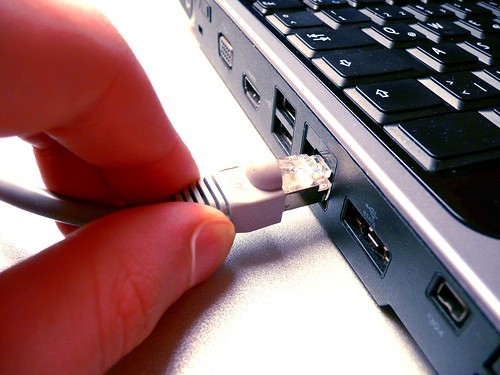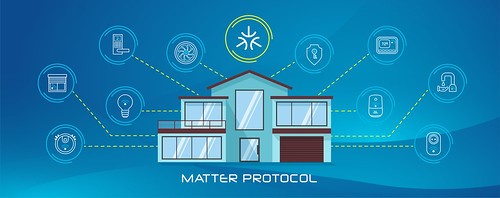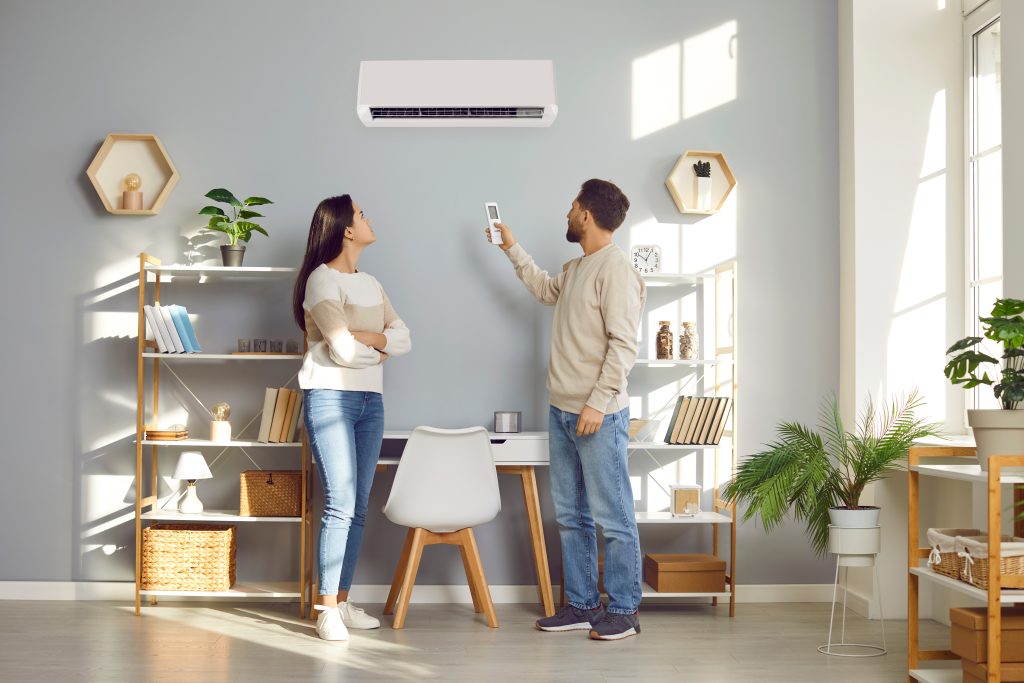Some parts of buying or building a home never change. Location is always important, community always matters, and these are things we’ve always understood. More confusing and difficult to balance are the new opportunities available from technology. What counts as necessary and useful, and where do tech systems drift into the realm of gimmicks?
First Things First
One of the most common traps we see new home buyers and builders fall into is getting lost in the stress of the process. While there is no magic method to eliminate the difficulties of selling an old home and buying a new one, there are systems to help. One popular example we’ve seen used recently is when someone wants to sell a house fast in Milton Keynes or other areas of the UK. Online services can deliver free cash offers for homes within minutes, returning funds in just seven days. This kind of guaranteed sales tool can at least reduce some of the stress, so you can focus on the important parts of tech.
Accessibility Matters Most
If you want to build a technologically forward house then accessibility is going to have to be one of your biggest concerns. This is especially true with USB chargers built into sockets and, more importantly, internet connections. Most people think a modern home can be served with just a single wi-fi install, but this often isn’t true.

Wi-fi always has coverage and penetration limitations. This issue is compounded with each additional user or connected device. The best way to address this problem during a build is to run local area network cabling through the walls. This allows hardware access points connected physically to your router. Reliable cabled connections can be used in some places, while others can rely on Wi-Fi signal boosters.
Smart System Usefulness
Another worthy inclusion in the landscape of newer house technology is smart systems. These are platforms that can connect home appliances to software and the internet. This provides greater levels of control and can add a huge amount of convenience to your life.
You might want to turn on air conditioning 10 minutes before you get home, for example, to cool down a hot day or to warm up a freezing night. You could also use smart tech to automatically turn off all lights at certain times or to begin a wash cycle when power costs are at their lowest. There’s a lot of customisation here, just be sure to go for technology that supports open-source software. You don’t want smart home systems that shut down functionality if the host company goes under, and this is an unfortunately common pattern.

Our final piece of advice for anyone looking to build a technologically forward-looking home is to ask the opinions of others who have taken similar journeys. Whether in real life or online, measure your plans against their plans. See what worked out best and where they might have encountered some difficulties. Better to preempt an issue than to fix one, so plan ahead, and you’ll be better set for a more technological future.


